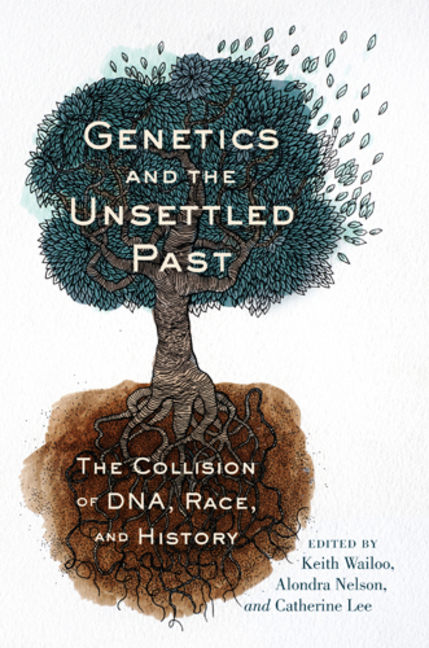Creole Is, Creole Ain’t: Diachronic and Synchronic Attitudes toward Creole Identity in Southern LouisianaPosted in Anthropology, Articles, History, Identity Development/Psychology, Louisiana, Media Archive, United States on 2011-12-25 17:54Z by Steven |
Language in Society
Volume 29, Number 2 (June, 2000)
pages 237-258
Sylvie Dubois, Gabriel Muir Professor of French Studies
Louisiana State University
Megan Melançon, Associate Professor of English
Georgia College
Creole identity in Louisiana acquired diverse meanings for several ethnic groups during the French and Spanish regimes, before and after the purchase of the Louisiana Territory, and through the last part of the 20th century. In spite of a strong shift toward “Black” identity by many African Americans in the state, those who are fluent Creole French speakers now seem to be the repository of Louisiana Creole identity. This article presents a diachronic study of the different meanings applied to Creole identity which resulted from dramatic social, political, and economic changes. It also delimits and defines the actual attributes of Creole identity within two representative African American communities. Because of the historical and political conditions underlying Creole identity, African Americans who still identify as Creoles insist on linguistic attributes, rather than on the criterion of race, as essential characteristics of their ethnic identity.
European colonization during the 17th and 18th centuries gave rise to numerous Creole societies all over the world. In the 1869 edition of the Larousse dictionary, the French term créole referred to those born in, or native to, the local populace; but the 1929 edition depicted Creole as correctly designating only a Caucasian population—further noting that, “by way of analogy, it could be used to refer to non-Caucasian peoples of current or former colonies” (Dominguez 1986:15). A recent English dictionary (American Heritage 1992) gives five definitions of the word créole which pertain to identity: (a) A person of European descent born in the West Indies or Spanish America; (b) a person descended from or culturally related to the original French settlers of the southern US, especially Louisiana; (c) a person descended from or culturally related to the Spanish and Portuguese settlers of the Gulf States; (d) a person of mixed Black and European ancestry who speaks a creolized language; and (e) a Black slave born in the Americas, as opposed to one brought from Africa. In Louisiana, “the term came early to include any native, of French or Spanish descent by either parent, whose non-alliance with the slave race entitled him to social rank. Later, the term was adopted…


